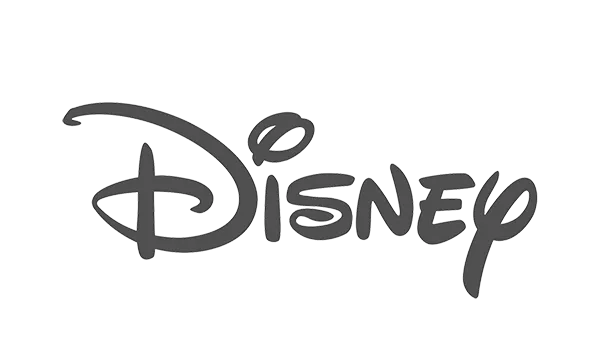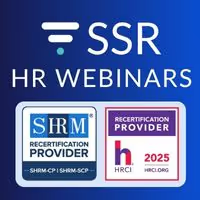It seems as though every week there is another announcement about a merger in the HR Technology space.
A few weeks ago, we did a deep dive into the finance behind the Workday/Peakon transaction. This was meant to illustrate the frameworks you can use as an outsider to a deal to understand what happened.
This week’s whiteboard wednesday is about why these mergers happen, and why in particular they make sense in the HR Tech world.
What makes HR Tech different
HR Tech is a bit different from other types of enterprise software. In general, HR teams are under resourced and over worked relative to their peers in other functions. The legacy viewpoint is that HR is a cost center that does necessary tasks, but does not drive business value.
This mindset means that HR teams have less time to devote to technology. This means longer sales cycles for vendors. It also means that implementations have higher risks of failure.
A lack of resources and increased risk of failure means that HR Tech vendors need to deploy more customer success resources, which lowers their gross (and net) margins.
Lower facility with technology on behalf of the buyer, and a higher risk of failed implementation, means lower adoption and thus lower lifetime customer values as churn is more prevalent.
Lastly, small and fixed budgets means that HR Tech vendors need to charge much lower prices than similar companies selling to sales/marketing/product/etc. This leads to lower annual contract values (ACVs) which makes it harder to make sales reps productive, a key to scaling and raising capital.
The bigger companies have a few advantages
So, net/net it’s harder to start and scale a SaaS offering in the HR/TA world relative to sales/product/marketing. We can also see this by looking at a core HR Tech category like ATS where there are winners, but very few companies worth even >$100 MM.
Compare that to marketing automation software where up and down the spectrum you have companies worth >$1 B like Hubspot, Marketo, Pardot, MailChimp, etc. In fact, ATS is really more like CRM in the world of sales/marketing, and there are many times more winners there.
Starting and scaling is harder in HR Tech, and the large incumbents (WorkDay, Oracle, Recruit, etc) have more of an advantage relative to newer entrants.
- The incumbents have recognized brands that de-risk a purchase, and large go to market teams that shorten sales cycles.
- They have large, operationalized customer success teams that have refined playbooks for onboarding and ramping new customers. Of course, we’ve all had horrible experiences even with the largest vendors.
- They have many different products that allow their reps to cross sell products into a given customer which drastically increases lifetime value.
- Lastly, they are able to access much cheaper capital through debt or equity that they can use to fund their growth. More on this “cost of capital” arbitrage concept in a future Whiteboard Wednesday.
The bottom line is that incumbents can supercharge acquisitions by leveraging these assets when acquiring smaller companies which they can grow much faster post acquisition.
Startups can still win
Many of these dynamics exist in other ecosystems. However, it’s more pronounced in HR Tech given the above mentioned characteristics that result from a legacy of HR as a cost center.
That doesn’t mean startups can’t win on their own. They simply have to be that much better across all of these dimensions to build a successful company in the HR Tech space.
It’s also interesting to note that with the rise of PeopleOps and a new breed of “HR” leader, things are starting to change in the industry.
You can see this change with a company like Seekout raising large amounts of capital. This is a stark contrast to TalentBin, a similar business that was bought by Monster for $20 MM and essentially shut down a few years later.
However, these shifts take a long time and in the foreseeable future the incumbents will still have outsized advantages that make M&A an attractive option for both acquirer and acquiree alike.



























